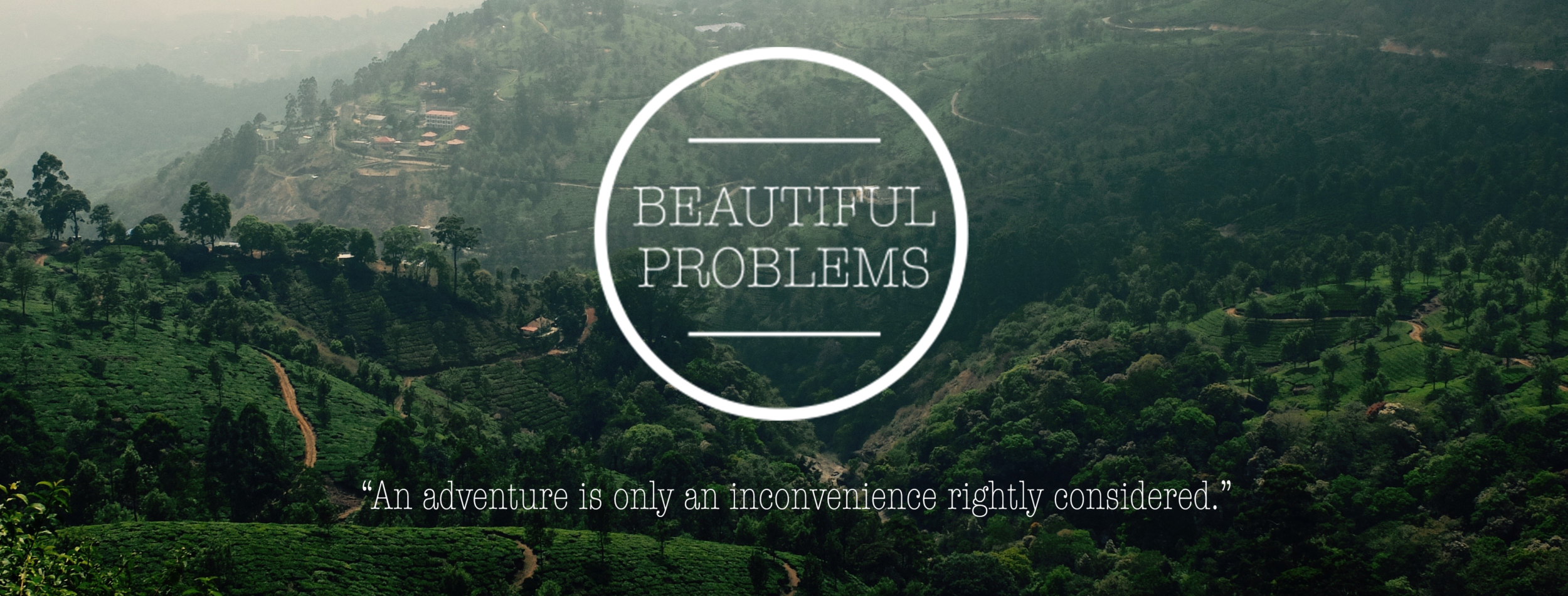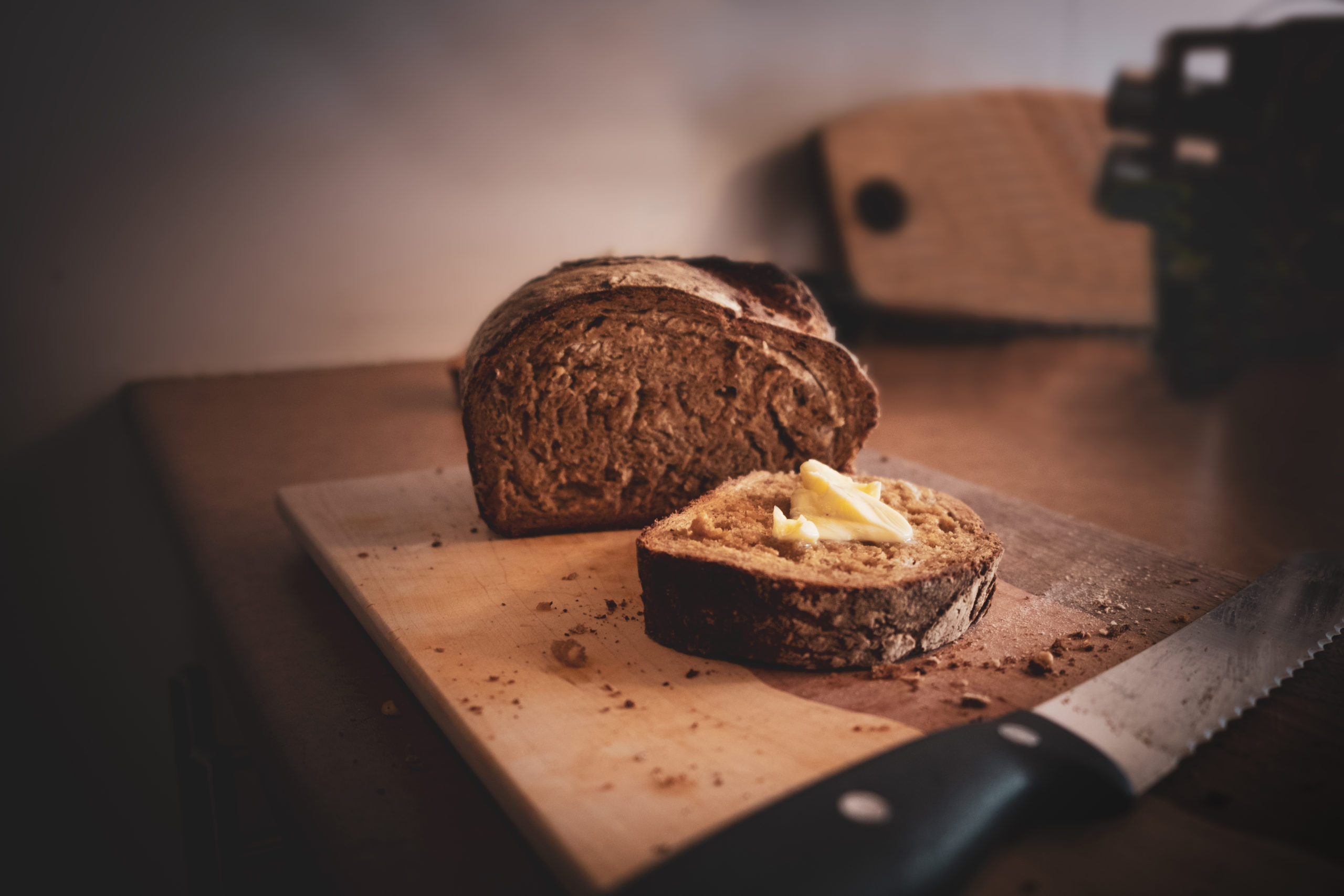Brute Force Creativity: Part 1
Intro: This is Part 1 of a three part series on creativity. Part 1 will focus on the creative process that I subscribe to, including tips and resources that have helped me. Part 2 will focus specifically on my experience with creativity in juggling, and Part 3 will offer perspectives from other artists.
Them “creative types”- while I admire them- they’re not always the kind to write an article about creativity, just like you wouldn’t catch many bipeds writing books on walking. So for now you’re stuck with me. Here’s a little secret though: while the quirky ones make the headlines, there’s a lot of people out there doing good creative work for whom it didn’t ‘come naturally’. They had to work at it.
Maybe you were hoping for a magic trick, one quick trick to creative genius! Well, there is a trick or two to my methods, but mostly I subscribe to the show-up-every-day-and-put-in-the-hours model of creativity. Brute force creativity. The truth is, I believe in showing up to the writing desk and going to the training studio because despite having read a bunch of books and articles like this one, I still don’t know any other way to do it.
Like the title of this article implies, I, and many others (Twyla Tharp, Stephan King, Ann Patchett, Ira Glass, Bryce Courtenay, et al) subscribe to the brute force method. Get in the room and do the thing. These successful creatives refer to this as their ‘not-so-secret-secret’ to success:
“Inspiration is often dressed in overalls and looks like hard work.”
“You have to be at the desk every day since you never know when the muse might show up.”
That sort of thing. More hours doing it = more work done. That’s the biggest, dumbest secret. To be more creative, practice being creative more often. You want to be a writer? Write!
I suspect this answer alone will feel unsatisfying to some. It did to me. “But wait!” I said. “This is creativity, not pouring concrete! Surely there is some mystical element in there!” I hear ya. Hitting a hole-in-one is magical, and this article isn’t written with the purpose of taking that magic out of the equation. However, those divine moments are a lot more likely if you’ve spent the hours at the range, making all sorts of shots in all sort of conditions, slowly getting them consistently closer to the hole. The tools needed to hit that hole-in-one come from doing such a volume of work that the easier lessons become ingrained; all that experience composts down to produce a rich loam from which an opportunity can grow that surprises even the artist.
Quantity vs. Quality
If the intent is to get better, quantity will go a long way to taking you there. But the quantity must also come with experimentation, testing and rejecting of hypotheses, playing with new and better ways to do a trick, or a riff, or a metaphor. I’ll get into some of the creative exercises I’ve learned about in Part 2; but more than anything I believe that that building discipline and habit will pay bigger rewards over the long term than any one quick tip. If you keep doing the work and trying to grow, you will naturally come across those tricks and ideas that take you to a higher level because you will be in a better position to understand them through having wrestled with the issues yourself first.
The book Atomic Habits gives the example of an art teacher that split his class for the semester in two and told them that he would judge half of his students on one photo for the entire year (quality), so it better be darn good, and the other half he would judge by the amount of photos they took (quantity). At the end of the year the “quantity” group not only took significantly more photos- which led to them thinking of more ideas, experimenting more, and getting more comfortable technically- but in terms of objective quality they also outperformed the “Quality” group because they got their reps in. They tried new things and surpassed their old ‘great ideas’ with even better ones, they made more mistakes that they could learn from, way more than they would have just thinking about it.
Bryce Courtenay (caveat: former journalist, which involves writing a lot), had heard that you had to write three bad novels before you could write your first good one. So he got to work getting the three bad ones out of the way, eventually becoming the bestselling author of The Power of One.

But when an opportunity came along, they were ready to seize it.
Discipline and Habit
Here are some tricks I’ve used to help train this discipline and make it habit. Humans are task-oriented creatures, and despite our ever-shrinking attention spans we still like to finish what we’ve started. So get started. For me it takes a push to overcome the inertia of beginning. Let me just make a coffee first, and may as well check my email while the water boils, now I’m doing email, I should clean out this inbox, and while I’m here I may as well respond to these Facebook messages… Stop.
While you’re here now, reading this article, grab a pen and paper and figure out a reliable way to ‘get in the room’, aka, ‘get started.’ Figure out an amount of time or words or distance you’re going to run, a when you’re going to do it and a where it’s going to happen.
Top Tricks
For writing there’s Morning Pages, or NaNoWriMo; both of which boil down to writing a certain number of pages or words per day. I like the idea of doing your practice early in the day because it often saves you the trouble of your practice having to compete with other interesting opportunities that may arise later. Spontaneous invitation to a show or jam session? No problem, because you don’t have to choose between that or getting in today’s jog, you already did it in the morning. Pay yourself first.
A similar trick that Seinfeld recommended was a calendar with big red X’s. Every day that he wrote a joke he made an X. Don’t break the streak. This isn’t rocket science, and that’s just it. Simple works. I’m doing this right now- every day I write 1000 words and record my number in an excel document. 1000 words is attainable for me, and I’ve now done it 31 days in a row. I don’t want to put a zero on that sheet.
Many people talk about the power of habit or ritual. No need to think about it, you just wake up and write, or run, or do yoga. As someone who quit drinking for a year, I can attest to the power of taking the decision out of the process. You probably don’t make an active decision every morning about whether you’re going to brush your teeth or not, you just do it. Writing, juggling, or any creative endeavor can be the same.
Make a when and where the activity is going to happen, and then stick to it. It’s as simple as that. If the goal is too difficult, dial it back until it’s an amount you can succeed at. I studied Japanese every day on my own for a year while touring, starting with 20 minutes a day for the first month and then working up to an hour a day. Focus on the big picture of all of those days adding up rather than trying to lose 20 pounds in your first day at the track.
Maybe that’s a conversation on habits and discipline more than on creativity, but I think there’s a bigger overlap than we tend to acknowledge. If you’re like me and don’t think of yourself as “naturally creative”, you might appreciate that many artists who have successfully made their living in the creative arts advocate for regularity and structure as the best way to improve. Luck favors the prepared.
That said, I do believe that even for ‘naturally creative’ types, more hours spent in the room will add up to more creative work done, regardless of their ‘natural inclination’ towards ‘more creative’ decisions. And if you feel lower on the creative spectrum, well, doing it less isn’t going to help.
In Part 2 I’ll talk about my experience with creativity as applied specifically to my juggling.
Mentioned resources:
Books:
Twyla Tharp- The Creative Habit
Ann Patchett- This is the Story of a Happy Marriage
Stephen King- On Writing
Bryce Courtenay- The Silver Moon
James Clear- Atomic Habits
Cal Newport- Deep Work
Video:
Ira Glass- https://www.youtube.com/watch?v=PbC4gqZGPSY


as i started reading this, i suddenly started getting more and more answers for the thoughts that had been lingering in my minds for years now! the more i read your articles, the more i spot what things i can improve in my habits and behaviour and built discipline so that i can persue my goals.. Thank you!!! Keep it up!